
Podcast
With Laurie Regan and Heiner Fruehauf
National University of Natural Medicine,
College of Classical Chinese Medicine
Running time
Approx. 30 mins.
English
This week, we open the door to a rich understanding that has come from more than a decade of research by a study group led by Heiner.
Through excavation of the profound and timeless knowledge held in the ancient Chinese record, this team has uncovered multi-layered, symbolic meaning behind the system of 12 meridians that play a central role in Chinese medicine. Commonly thought of as pathways of qi flow in the body, these meridians, or organ systems, relate to sets of physical, emotional, mental, and spiritual functions in the microcosm of the human body. These sets of functions have corresponding associations throughout the natural world, as described in the following passage:
The six vibrational patterns of the universe establish both yin and yang channel systems in the human body. These are thus directly associated with the twelve months of the year, the twelve earthly branches, the twelve divisions of the sky, the twelve rivers, and the twelve time periods of the day. The twelve channels, therefore, represent the concrete way in which the organ systems of the human body are receiving, and are in resonance with, the Dao of heaven.
–Huangdi neijing lingshu, chapter 11
Learning how to read the symbols associated with each of the organ systems has great clinical value, and can help any individual to make sense of their experience in the world. Following a general introduction, we explore the characteristics of the organ system corresponding to the first month of spring—the Lung.

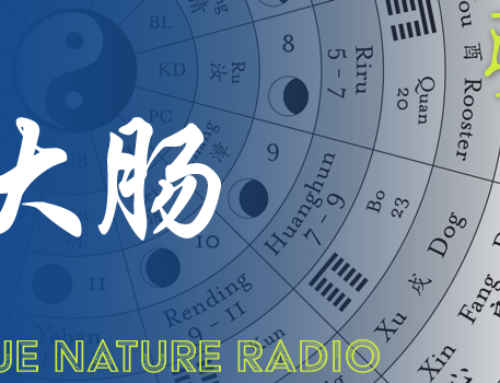
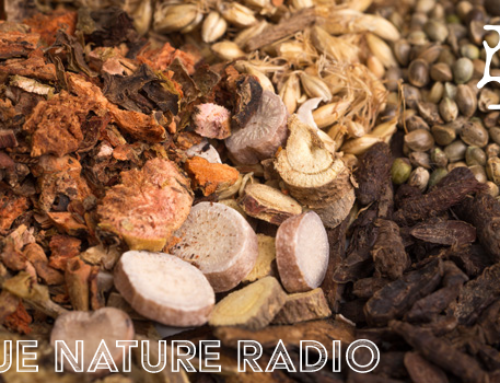
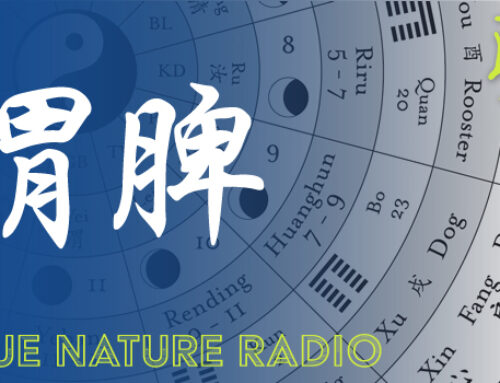
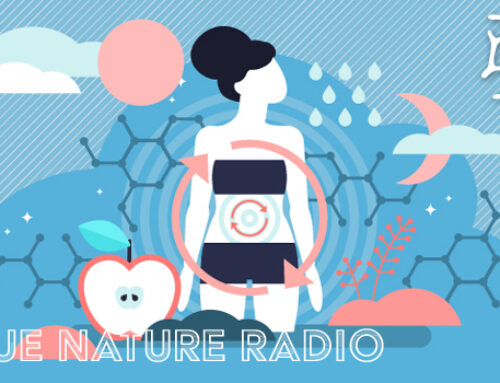

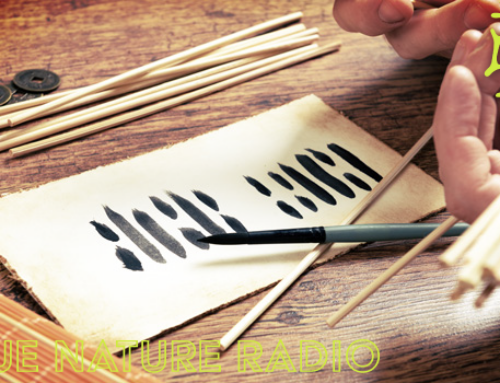

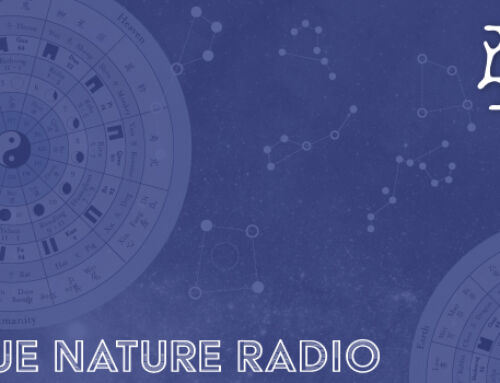
Very well explained!
[…] all the other phases – it allows for the other phases to transform into one another. The Spleen, the yin earth organ system, is associated with the earthly branch Si 巳 and the Snake. Snake is one of those animal symbols that is so evocative and is widely found in […]